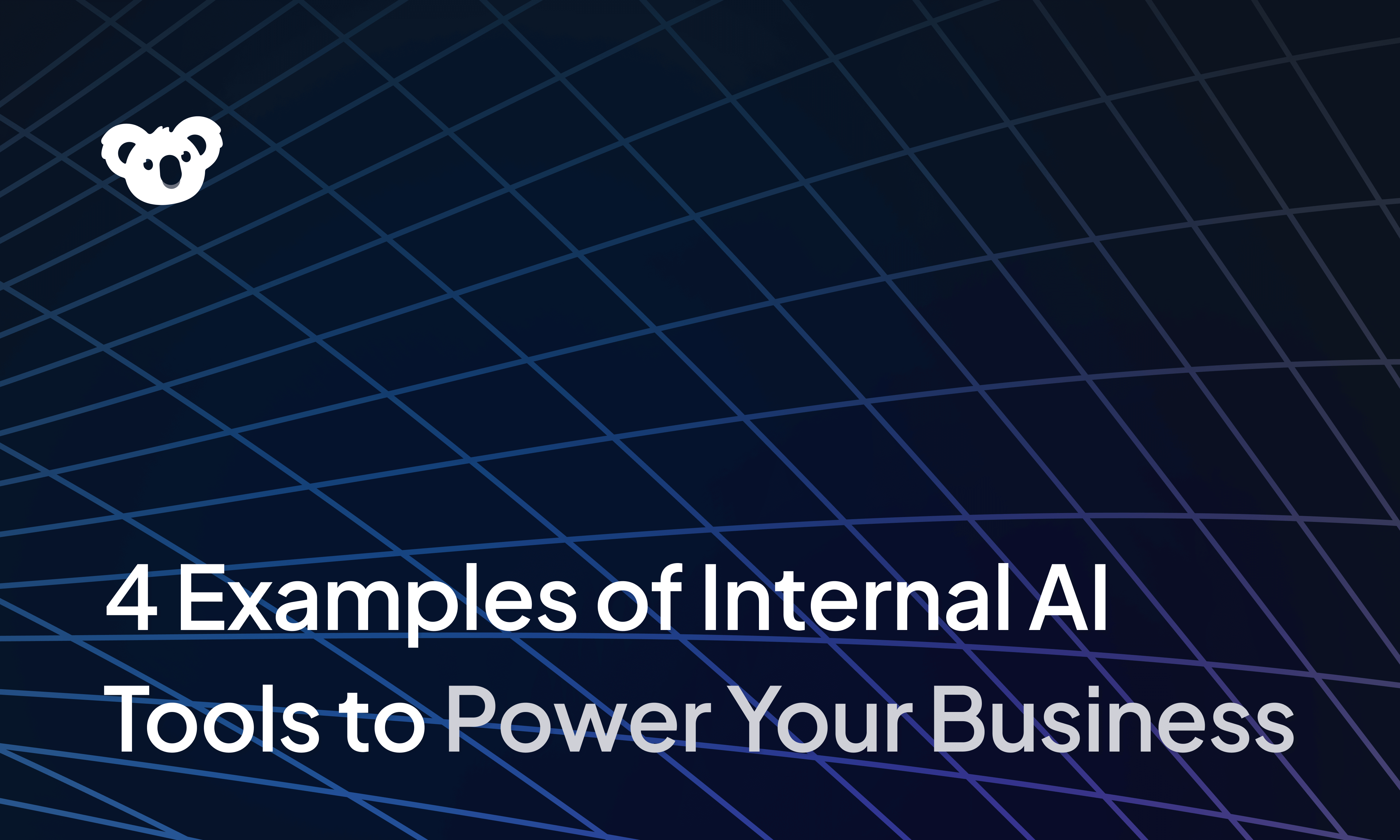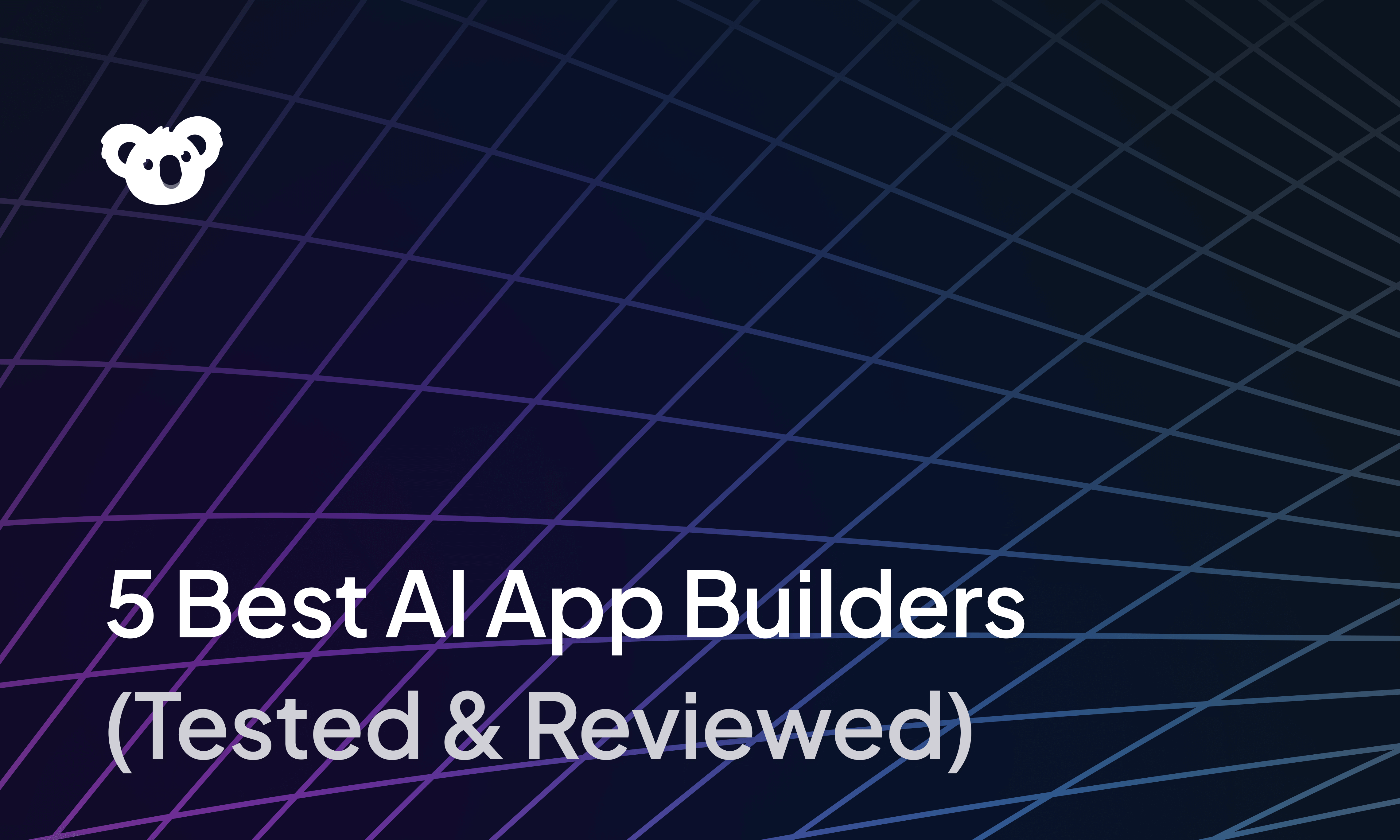


Most APIs today use REST, while SOAP lives on in older enterprise systems. SOAP is a tightly controlled protocol with a formal contract and strict guarantees around security and transactions. REST is a looser set of design principles. It’s a simpler, more flexible approach that trades formality for ease of use and scalability.
In this article, we’ll cover:
- What SOAP and REST are
- The main differences between them
- When to use each
- How modern platforms simplify REST workflows
Let's start with SOAP.
What is SOAP?
SOAP (Simple Object Access Protocol) is a protocol for exchanging structured messages between systems. It enforces a strict message format, typically with a required envelope, header, and body. This structure makes it a staple in areas where precision and security are paramount.
A SOAP service exposes operations through a WSDL file. This contract defines available methods, required inputs, and expected outputs
Under the hood, SOAP also supports a family of extensions known as WS-*. They cover everything from message security (WS-Security) to transactional guarantees (WS-AtomicTransaction) and reliable delivery (WS-ReliableMessaging). That’s why you’ll still find SOAP in industries where those guarantees matter, like banking, telecom, and insurance.
Advantages of SOAP
SOAP isn’t lightweight, but it does offer some advantages:
- It supports WS-Security, which provides message-level security features like digital signatures and auth tokens.
- It supports ACID-compliant distributed transactions.
- It provides structured error responses using SOAP faults.
- Enterprise tools can auto-generate client code from the WSDL.
Limitations
SOAP’s structure comes at a cost. It increases overhead in the following ways:
- Messages are large due to mandatory XML structure and headers.
- Parsing XML and wrapping each message in an envelope adds processing overhead.
- Requires understanding of XML schemas, WSDL, and WS-* extensions.
What is REST?
REST (Representational State Transfer) is an architectural style for designing networked applications. It powers most modern web APIs since it scales easily and works well with the web.
Unlike SOAP, REST isn’t a protocol. It defines a set of constraints that guide how systems communicate over HTTP.
Key REST constraints include:
- Stateless interactions: Each request contains all the information needed. Servers don’t store session state.
- Client-server separation: The interface stays stable while backends evolve independently.
- Cacheable responses: Clients can cache data to reduce load and improve performance.
- Uniform interface: All resources follow consistent conventions for identification and interaction.
- Layered system: Clients don’t need to know if intermediaries (like load balancers or gateways) are involved.
REST APIs typically use HTTP methods like GET, POST, PUT, and DELETE. They expose resources via URLs and return data in formats like JSON or XML, though JSON is the most commonly used.
Advantages of REST
REST is popular because:
- REST APIs are lightweight and fast to parse.
- Stateless design allows easy horizontal scaling.
- Developers can use familiar HTTP tools like curl or fetch.
- JSON payloads are compact and easy to work with.
Limitations of REST
REST’s flexibility comes with tradeoffs that teams need to work around:
- It has no built-in support for error or transaction handling except for HTTP status codes that signal errors. APIs must define their own error formats and recovery logic.
- Statelessness makes multi-step workflows harder to manage.
- Client-server sync depends on documentation because it has no formal contract.
SOAP vs REST: 9 key differences
While SOAP and REST are both used to build APIs, they approach the problem in fundamentally different ways. SOAP is rigid and protocol-driven, while REST is more flexible and resource-based.
Below is a side-by-side comparison of key aspects:
Read more: RPA vs API: Key differences + When to use them
When to use SOAP vs REST
Both SOAP and REST can co-exist, and it’s important to choose based on the use case and requirements.
Here are some guidelines on when each approach makes sense:
When to use SOAP:
- You need message-level security: WS-Security lets you encrypt the message itself, not just the transport. It also supports digital signatures and fine-grained access control.
- Your system needs transactional integrity: Some workflows require all-or-nothing behavior across multiple steps. WS-AtomicTransaction helps coordinate those steps as a single unit. If one fails, the others roll back automatically.
- You’re already running a SOAP-based stack: Some teams rely on WSDL contracts, XML schemas, or middleware built around SOAP. If your infrastructure already depends on those tools, sticking with SOAP might reduce rework.
When to use REST:
- You're building for web or mobile: REST works well with HTTP and uses compact JSON. That keeps payloads small and response times fast.
- You need to scale easily: REST APIs don’t maintain state between states. Each request is self-contained, so you don’t need to manage sessions.
- You're connecting multiple systems: REST is a good fit for microservices and SaaS tools. It uses standard HTTP methods and integrates cleanly with most frontend and backend stacks.
- You want to move fast: REST requires less setup than SOAP. It’s also easier to test.
How Superblocks helps you work with REST APIs
Superblocks is an AI-native enterprise app platform for building internal software fast. It’s built for teams that work heavily with REST. It gives you a fast way to connect, automate, and chain REST APIs without writing glue code.
Here’s how it simplifies REST-heavy workflows:
- Easy authentication management: Rather than writing custom code for OAuth flows or API key injection on every request, Superblocks provides built-in support for various auth methods, including Basic, OAuth, and API key auth.
- Pre-built connectors: Popular services like Salesforce, Slack, and Stripe are pre-integrated. You can connect accounts and start making API calls without handling token refreshes or signing requests yourself.
- Pagination and data looping: Superblocks includes a Loop block for paginated APIs. It can iterate over pages until all data is fetched. You don’t have to write custom logic to deal with cursors or next tokens. You can also bind paginated APIs to frontend components. For example, a table can automatically fetch the right page when users scroll or navigate between pages.
- Built-in retry and error handling: You can include retry logic in every API step. Set up exponential backoff for specific error codes or no response cases. If a call fails, branch to an alternate path or trigger alerts. These controls help REST workflows match the reliability usually associated with queued systems or transactional protocols.
- Chaining and orchestrating multiple APIs: Superblocks lets you pass output from one API call to the next. You can call a CRM API, transform the response using code, and send the result to Slack. Each step references data from earlier steps using simple syntax. You don’t need to manage temporary storage or write parsing code.
- UI components and integration: Superblocks handles back-end workflows and also front-end internal apps (dashboards, forms, tables) that connect to your APIs. This means you can drag-and-drop a table component and bind it to a REST API data source, with no custom front-end code. The platform will handle fetching data with pagination as mentioned, refreshing, etc.
- Governance and logging out-of-the-box: All API calls run through the platform. Superblocks logs every request and response. You also get audit trails and role-based access control, so you can manage who can run or edit workflows.
- Error notifications and recovery: Scheduled workflows can alert you if something breaks. If a nightly job fails, for example, Superblocks can notify a Slack channel or kick off a fallback process automatically.
Can you use Superblocks with SOAP APIs?
Yes, you can use Superblocks with SOAP by adding a Python step that uses the zeep library to load a WSDL, call a SOAP operation, and handle the response.
This is useful if you're integrating a legacy system as part of a modern workflow. You write a few lines of Python to initialize the SOAP client. The library takes care of the XML parsing and method calls. Once you have the response, you can reference it like any other step.
When this comes in handy:
- You’re dealing with a legacy ERP platform that only exposes SOAP
- You’re migrating from SOAP to REST and need both to coexist temporarily
- You want to build a REST-to-SOAP adapter layer to modernize internal tooling
SOAP to REST: Migration considerations
If you’re working with legacy SOAP services, moving to REST can make life easier. Most teams start the shift for:
- Improved performance: REST APIs that exchange JSON tend to be much faster and use less bandwidth than SOAP APIs with XML. Some teams report response time improvements of 40–50%.
- Better scalability: Servers don’t store session data, so they handle more concurrent users without extra overhead.
- Easier integration & flexibility: After migration, it becomes easier to integrate with modern systems that expect JSON over HTTP.
- Faster development cycles: REST is easier to test, debug, and update. You can work with curl, Postman, or browser tools without extra setup.
- Higher partner adoption: Developers are more likely to work with a REST API than with SOAP.
That said, migrating isn’t always simple. You’ll likely run into some technical and design challenges, such as:
- No 1:1 mapping: SOAP operations don’t always translate directly into REST endpoints. You may need to redesign parts of the API.
- Feature gaps: Message-level security, transactions, and WS-* extensions don’t have REST equivalents. You’ll need to rebuild those guarantees differently.
- Client updates: All clients that consume the service need to be updated or at least adapted. If external partners consume your SOAP service, you might need to support both SOAP and REST for a transitional period.
- Hidden dependencies: SOAP services often tie directly to back-end logic. During migration, teams uncover tech debt buried in those connections.
These challenges don’t mean you shouldn’t migrate. They just mean it’s worth doing carefully. Below are some migration strategies to consider:
- Wrap SOAP in REST: Create a RESTful wrapper that converts incoming requests into SOAP calls. This lets you expose a new interface without rewriting backend logic.
- Run both APIs in parallel: Launch a REST API next to your existing SOAP service. Migrate consumers one at a time and retire SOAP once usage drops.
- Use adapters and gateways: Tools like DreamFactory, MuleSoft, or AWS API Gateway can generate REST endpoints from WSDL files. These tools can speed up the process and reduce manual work.
REST API governance and security best practices
As your API footprint grows, you need clear governance and security to keep your APIs reliable and easy to maintain.
Below are some best practices to follow:
- Use OpenAPI: Use a specification format like the OpenAPI spec to define each endpoint. It acts as your contract and helps teams generate docs, mocks, and client SDKs.
- Name things consistently: Stick to clear, predictable patterns. For example, /users/{id} should always return a single user, not include unrelated data.
- Version every API: Include a version in the URL path (like /v1/). This prevents breaking clients when your schema changes.
- Assign owners: Every internal API needs a clear point of contact. Without ownership, endpoints get outdated and go unmaintained.
- Track what's live: Keep a catalog of your internal APIs. If nobody knows your team owns users-v2, it might as well not exist.
- Enforce HTTPS: Always require encrypted transport. No exceptions.
- Use token-based auth: Choose OAuth 2.0, API keys, or JWTs depending on the system. Never send credentials in the query string.
- Limit abuse: Apply rate limits and throttling rules to protect services from overload, runaway scripts, or brute-force attempts.
- Validate input: Use JSON schemas when possible. At a minimum, enforce size, type, and structure constraints to block unsafe data.
- Handle errors carefully: Don’t expose stack traces or internal logic in responses. Use structured error formats and keep messages clean.
- Log requests: Capture metadata like timestamps, caller identity, request path, and status. Logging helps with debugging and is essential for audit trails.
Final thoughts: Choosing the right API model for your team
SOAP and REST serve different needs. REST is faster to build, easier to scale, and fits better with modern tools and workflows. For most teams in 2025, REST or REST paired with GraphQL is the better long-term choice. Still, if you're tied to a legacy stack that uses SOAP, switching to REST at once may not be realistic.
The best approach depends on your architecture, compliance requirements, and delivery speed. Many teams end up using both. REST for new services, SOAP where constraints demand it.
Discover how Superblocks offers the best of RPA and APIs
Superblocks significantly reduces the effort to build and maintain REST-based integrations and internal tools. It helps developers focus on high-level logic rather than low-level plumbing like auth flows or pagination. And when you need to work with SOAP, you can use code steps and keep everything in the same flow. It is also centrally governed, so you build without compromising security.
We’ve discussed the features we offer that make this possible but just to quickly recap:
- Multiple ways to build: Start with AI to scaffold your dashboard, then refine it visually or extend it with full code. Switch between modes as needed all in the same flow.
- Full code extensibility: Use JavaScript, SQL, and Python for fine-grained control over execution logic. Customize your UIs by bringing over your own React components.
- Centralized governance: Manage your apps from a single pane of glass with support for RBAC, SSO, audit logs, and observability.
- Exportable code: Own your applications fully. Superblocks lets you export all your apps as standard React apps so you can host and maintain them independently.
- Hybrid deployment: Deploy OPA within your VPC to keep all your data and code executions within your network. Keep managing your app, workflows, and permissions through Superblocks Cloud.
- Integrations with systems you rely on: Provides 50+ native integrations for databases, AI tools, cloud storage, and SaaS apps. Connect to your data sources where they are. There is no need to migrate data into Superblocks.
- Automatic deployments: Integrates directly with CI/CD tools like GitHub Actions, CircleCI, and Jenkins, so you can manage updates just like any other codebase.
- Git-based source control: We support Git-based workflows, allowing you to manage your apps within your own version-controlled repository.
If you’re ready to see it in action, check out our 5-min Quickstart guide or try Superblocks for free.
Frequently asked questions
What is the biggest difference between SOAP and REST?
SOAP is a strict protocol with XML and a formal WSDL contract. REST is an architectural style that uses HTTP methods and flexible data formats like JSON.
Is SOAP more secure than REST?
Both can be secure. SOAP just bakes in more security features by default. SOAP supports message-level security (WS-Security), which is great for highly regulated environments. REST relies on HTTPS and tokens (OAuth, JWT) for transport-layer security.
Can REST replace SOAP in enterprise apps?
Yes, and it’s already happening. Many enterprise apps wrap old SOAP APIs with REST facades or gradually migrate them entirely. REST may require custom handling for transactions or message signing, but it offers a better dev experience and broader integration support.
Why is REST preferred in modern development?
It’s faster, easier to scale, and better supported across modern languages, tools, and platforms. REST uses HTTP directly and works well with web, mobile, and cloud-native apps. It’s also JSON-native, which aligns with how most developers work today.
Is SOAP still used in 2025?
Yes, but mostly in legacy systems and sectors like banking, telecom, and government. New APIs are almost always REST or GraphQL. SOAP lives on in older ERPs and regulated platforms that haven’t modernized yet.
Can I call a SOAP API from a modern platform like Superblocks?
Yes. While Superblocks is REST-first, you can use custom HTTP blocks or Python code to call SOAP APIs using libraries like zeep. This makes it easy to include SOAP steps inside larger REST-based workflows.
What’s easier to use for internal automation, SOAP or REST?
REST is easier to use for internal automation. It’s simpler to consume, faster to develop against, and integrates cleanly with most internal tools.
Can I switch from SOAP to REST without rewriting everything?
You can. Many teams run SOAP and REST in parallel, using adapters or wrapping SOAP services in REST APIs. Migration can be gradual, but you have to plan around backward compatibility and client support.
What tools help simplify REST API development?
Tools that simplify REST API development include Postman, Swagger/OpenAPI, API gateways (like Kong or AWS API Gateway), and frameworks like Express or FastAPI.
What is the best low-code platform for REST-based workflows?
Superblocks. It’s built for developers automating across REST APIs. You get secure API calls, logic chaining, retries, auth handling, and built-in governance, all without writing boilerplate glue code.
Stay tuned for updates
Get the latest Superblocks news and internal tooling market insights.
You've successfully signed up
Request early access
Step 1 of 2
Request early access
Step 2 of 2
You’ve been added to the waitlist!
Book a demo to skip the waitlist
Thank you for your interest!
A member of our team will be in touch soon to schedule a demo.
Table of Contents



.png)


